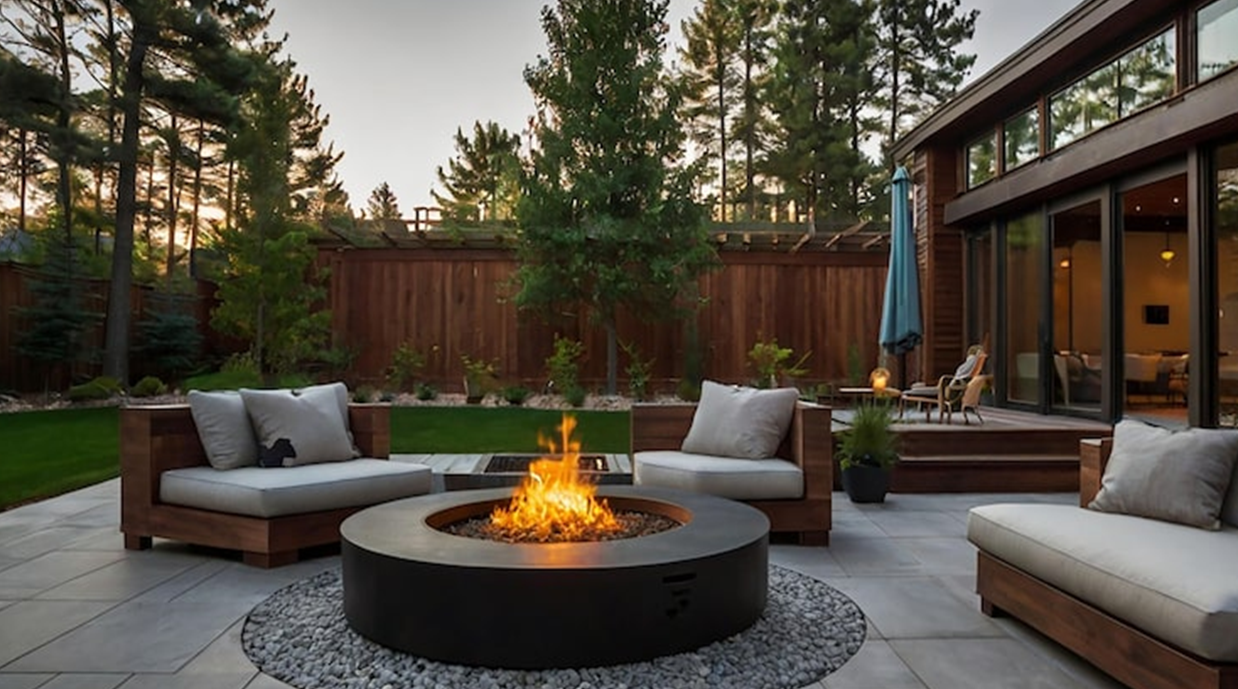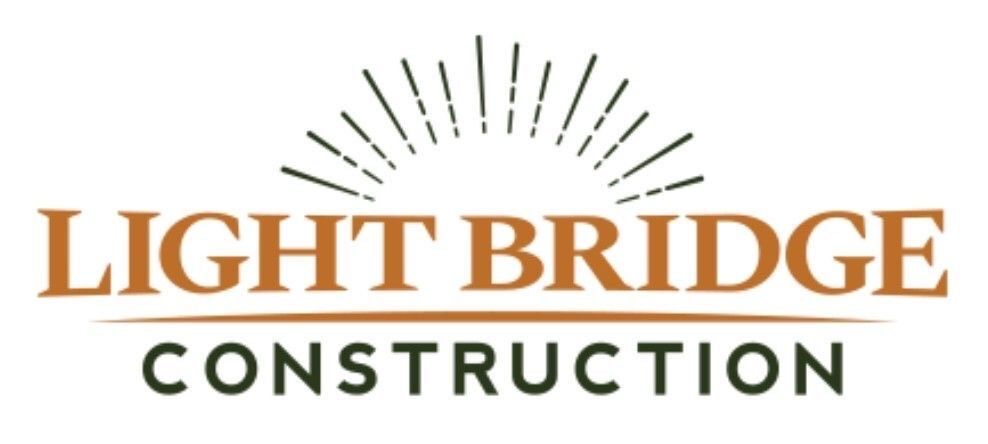By Sara M
•
November 17, 2025
Introduction: Why Maximalism Is Making a Comeback Minimalism had its moment, but now maximalism is stealing the spotlight. Homes are becoming more expressive, colorful, and unapologetically bold. People are tired of blank white walls that feel lifeless. Instead, they’re embracing design that reflects personality and creativity. An artistic feature wall is one of the most exciting ways to bring maximalism into your home. It’s a statement piece that transforms any space from simple to unforgettable. Whether you’re a seasoned decorator or just starting, creating one doesn’t have to be complicated. You just need the right mix of vision, confidence, and design balance. What Is an Artistic Feature Wall? An artistic feature wall is a visually dominant wall in a room that draws attention through art, color, or texture. It acts as the focal point of the space, setting the tone for everything around it. You can create one with bold wallpaper, murals, paint techniques, or a curated mix of art pieces. The goal isn’t perfection but expression. Every artistic feature wall tells a story and captures the personality of the person living there. Many designers use this wall to experiment with different styles without overwhelming the entire room. It’s your creative canvas, and there are no strict rules—just opportunities. The Rise of Maximalism in Home Decor Maximalism celebrates abundance. It’s about mixing patterns, layering colors, and combining old with new. Unlike minimalism, which aims for simplicity, maximalism thrives on personality. Homeowners are drawn to this style because it feels alive. A bold, artistic feature wall is the essence of this approach. It lets you express individuality while maintaining visual harmony. With streaming shows, social media trends, and interior design influencers showcasing colorful homes, maximalism has become mainstream again. People are realizing that creativity makes spaces feel more personal and comforting. Why Create an Artistic Feature Wall? Every home deserves a standout element that reflects its character. An artistic feature wall does exactly that while enhancing mood and depth. Here’s what it offers: Instant Visual Impact – It becomes the centerpiece of the room, grabbing attention immediately. Personal Expression – It allows you to showcase your personality through color, pattern, and art. Affordable Transformation – You can change an entire room’s feel without a full renovation. Flexibility – It can evolve as your style changes over time. Even small spaces can benefit from this design approach. A single artistic feature wall adds energy, warmth, and texture that a neutral palette can’t provide. Choosing the Right Wall Selecting the right wall is crucial. It should naturally catch your eye when you enter the room. Usually, that’s the wall behind a bed, sofa, or fireplace. Avoid walls with windows or too many openings since they break the visual flow. Keep the focus on one continuous surface for the strongest impact. Once you choose your wall, take a moment to stand back and observe how light interacts with it throughout the day. The play of sunlight and shadows will influence how colors and textures appear. Playing with Color Color defines the tone of your feature wall. Deep jewel tones like emerald, navy, or maroon create drama. Bright hues such as mustard or coral bring energy and optimism. For a cohesive look, pull accent colors from nearby furniture, rugs, or art pieces. This ensures your artistic feature wall feels intentional rather than random. Experimentation is key. If you’re nervous, start with a smaller area first. Paint samples on the wall, live with them for a few days, and observe how they feel in natural and artificial light. Textures and Materials That Pop Texture adds another layer of interest to an artistic feature wall. It transforms flat surfaces into tactile experiences that invite touch and curiosity. Some creative options include: ● Plaster or limewash finishes for a soft, aged look ● Wood panels or slats that introduce warmth ● Fabric or tapestry to add depth and comfort ● Mirrors or metallic accents for reflective elegance Combining textures can amplify the maximalist feel. You can pair a velvet wall covering with metallic frames or mix matte paint with glossy tile. Balance is what keeps it visually rich without becoming chaotic. Artistic Elements That Make It Unique An artistic feature wall thrives on originality. Beyond paint or wallpaper, consider adding hand-painted designs, stenciled patterns, or wall sculptures. Gallery walls are also an excellent option. Combine artwork, framed photos, and mirrors of varying sizes. Arrange them creatively to create movement and flow. Another growing trend is mural-style painting. Whether abstract shapes or nature-inspired scenes, murals make your wall look like a living artwork. If you’re not confident with a brush, peel-and-stick mural wallpapers are fantastic alternatives. Mixing Patterns Without Overwhelming the Space Maximalism often involves pattern mixing, but it requires some planning. You want bold, not busy. Start with one dominant pattern, like large florals or geometric shapes. Then, introduce smaller or subtler designs in matching tones. The trick is keeping the color palette consistent. For example, if your main wallpaper has emerald and gold, choose art or cushions with similar shades. That connection ties everything together while keeping the look cohesive. Lighting Matters More Than You Think Lighting dramatically affects how your feature wall appears. The right lighting can highlight textures, deepen colors, and enhance visual interest. Use layered lighting for the best results: ● Ambient lighting to set overall tone ● Accent lighting to highlight art or textures ● Task lighting for practical areas nearby Warm light adds coziness, while cooler tones enhance modern designs. Always test your lights after finishing the wall to adjust their direction and brightness. How to Make It Feel Balanced Balance prevents maximalist design from feeling chaotic. Pair your artistic feature wall with neutral surroundings so it remains the star of the space. If your wall is bright or detailed, keep adjacent walls soft and simple. Use furniture in complementing tones to anchor the design. Plants, rugs, and cushions can also help tie the look together. The goal is to make everything feel connected, not competing. Common Question: Can I Create an Artistic Feature Wall in a Small Room? Yes, absolutely. Many people think bold walls make small rooms feel smaller, but that’s not true. The right design can expand the space visually. Choose medium or dark tones that add depth. Reflective surfaces or metallic paints can create light play, making the room appear larger. The secret lies in balance. Keep other elements lighter or minimal so your wall remains the hero without crowding the area. Budget-Friendly Ways to Build an Artistic Feature Wall You don’t need a big budget to make an artistic statement. Here are affordable ideas that still deliver stunning results: Peel-and-stick wallpaper – Easy to install and remove without damage. DIY painted murals – Use painter’s tape for shapes or gradients. Photo collage wall – Mix prints, travel photos, and artwork. Fabric or curtain backdrop – Adds softness and color without paint. Vinyl decals or quotes – Offer personal flair with minimal effort. Creativity matters more than cost. With thoughtful planning, you can achieve a high-end look on a modest budget. Keeping It Clean and Maintained Once your artistic feature wall is complete, maintaining it keeps it beautiful for years. Regular dusting and gentle cleaning protect colors and textures. Avoid harsh chemicals, especially if you’ve used fabric, wallpaper, or specialized paint. For textured finishes, a soft brush or microfiber cloth works best. It’s also smart to handle household maintenance, like duct cleaning Utah services, which keep air quality high and prevent dust buildup that could dull your feature wall’s appearance. Long-Term Style Evolution Your artistic feature wall can evolve as trends change. The beauty of maximalism is its flexibility. You can swap out artwork, repaint sections, or add new textures anytime. Seasonal décor also keeps it fresh. Try rotating art or adding greenery for spring, candles for winter, or vibrant prints in summer. This approach makes your home feel dynamic and keeps your creativity flowing. Mistakes to Avoid To keep your project stylish, avoid these common pitfalls: ● Using too many clashing colors without a linking theme ● Overcrowding the wall with unrelated art pieces ● Ignoring the rest of the room’s balance ● Forgetting about proper lighting placement ● Skipping wall preparation before painting or wallpapering Taking time to plan ensures a polished result that feels intentional, not messy. Expert Tips for a Cohesive Look Create a mood board – Gather inspiration images before starting. Use color repetition – Repeat at least one tone throughout the room. Balance bold with calm – Add breathing space with neutral accessories. Test samples – Always test color and texture in natural light first. Stay true to your taste – Your artistic feature wall should reflect you. These details turn good design into great design. When every element feels connected, the room instantly feels complete. The Emotional Power of an Artistic Feature Wall Art influences how we feel. A rich wall design can boost mood, creativity, and comfort. Warm tones bring energy, while cooler hues calm the mind. Textures add depth that invites touch and curiosity. Each detail reminds you that your home is an extension of who you are. That emotional connection is why maximalism resonates so deeply—it celebrates life in full color. Conclusion: Your Home, Your Expression Maximalism encourages you to live boldly and design fearlessly. An artistic feature wall is the perfect way to express that spirit in your space. It transforms ordinary walls into meaningful art that reflects who you are and what inspires you. Whether you choose paint, wallpaper, or a gallery of memories, remember that your wall should feel authentic to you. Take risks, mix styles, and let your creativity guide you.







